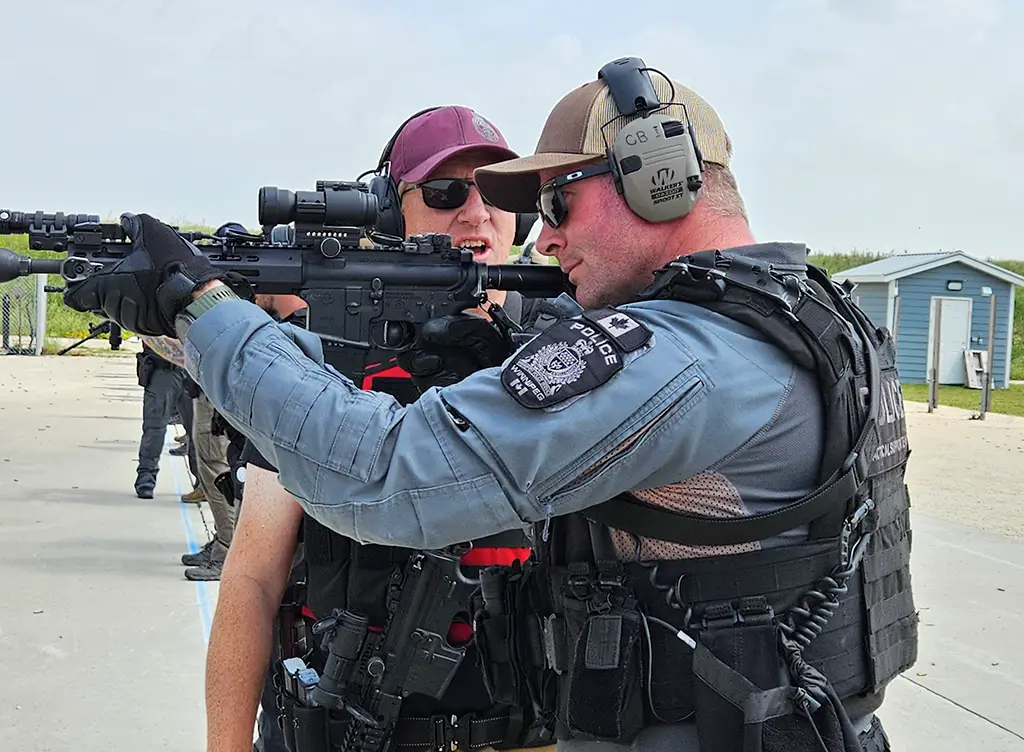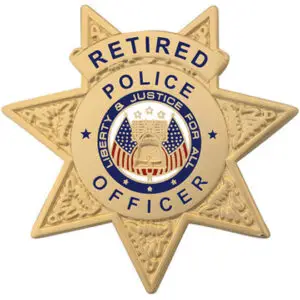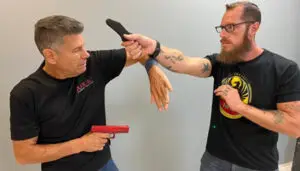From Revolver to Modern Rifles: The Early Days
In the distant past, the iron sighted revolver and pump action shotguns were the law enforcement tools of choice. Training was rudimentary, largely focused on marksmanship firing techniques.
Street Battles & Beyond: The Rise of the Semi-Automatic Pistol and Shotgun
The 21st century saw rapid advancements in firearms technology, with semi-automatic rifles and pistols becoming prevalent. Training paradigms shifted towards more advanced tactical scenarios. Critical events and technology advancements demanded higher level training operations and techniques internationally.
IALEFI and the Modern Era
Enter organizations like IALEFI, dedicated to promoting excellence in firearms instruction. With an emphasis on continuous learning, adaptation to new technologies, and rigorous safety standards, modern training became not just about the firearm but the person and teams wielding them. It’s in this era that we see a distinct move towards specialized courses, from range mastery to specific firearms instructor courses, reflecting the diverse needs and responsibilities of the modern armed professional.
The Digital Age & Simulations
As we moved through the 21st century, digital technologies began playing a pivotal role. Simulated training scenarios using VR (Virtual Reality) allow for a realistic yet completely safe environment to practice in, while digital databases aid in tracking and analyzing shooter performance over time.
What’s Next?
The future of firearms training is exciting. We are witnessing a surge in integrating biometrics into training, helping instructors understand shooter stress levels and adapt training scenarios in real-time. Additionally, as firearms themselves evolve, so will the training. Smart guns, which only operate for recognized users, are on the horizon, necessitating a new approach to training.
Furthermore, as organizations like IALEFI continue to pioneer and promote best practices, we can expect more standardized, effective, and safe training methodologies to emerge, with a significant focus on adaptability and continuous improvement.
Conclusion
The evolution of firearms training is a testament to humanity’s relentless pursuit of knowledge, safety, and excellence. As we acknowledge our past and understand our present, we can look forward to a future where firearms training is more efficient, safe, and tailored to individual needs than ever before.



